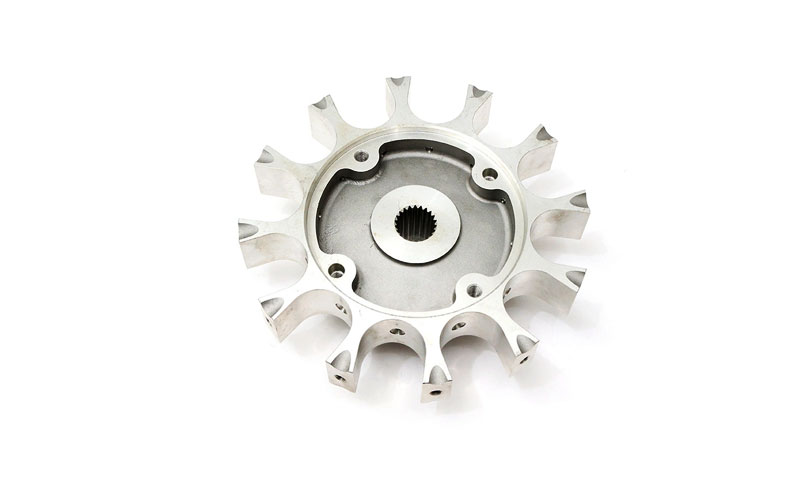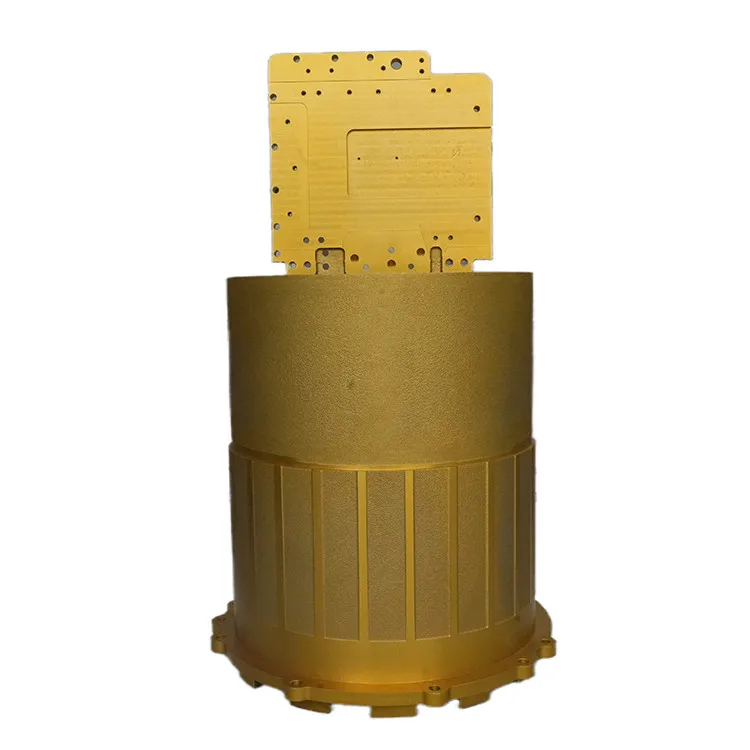Understanding Aluminum Casting: A Comprehensive Guide to Its Advantages and Applications
Aluminum casting is a procedure that changes molten aluminum into solid forms through different strategies. This technique uses significant benefits, such as light-weight toughness and deterioration resistance. It locates applications in many markets, mirroring its versatility. Comprehending the intricacies of aluminum casting and its finest methods can considerably influence the quality of the last product. Checking out these aspects exposes the real possibility of aluminum casting in contemporary manufacturing.
The Essentials of Aluminum Casting
Aluminum casting is a manufacturing procedure that changes molten aluminum into solid objects via various techniques. This process begins with heating aluminum till it reaches its melting point, allowing it to move into molds. There are a number of methods of aluminum casting, including sand casting, pass away casting, and investment casting, each appropriate for various applications based upon style complexity and manufacturing volume.
In sand casting, molds are developed utilizing sand, offering adaptability for complex shapes. Die casting involves requiring liquified aluminum right into a steel mold under high pressure, leading to repeatable and specific parts. Financial investment casting, on the various other hand, uses a wax pattern that is covered with ceramic to develop in-depth elements.
After the aluminum solidifies and cools, the molds are eliminated, disclosing the completed items. This casting process is integral in different industries, consisting of automobile, aerospace, and customer items, making it possible for the creation of durable and lightweight components.
Benefits of Aluminum Casting
Among the essential advantages of aluminum casting hinges on its capacity to produce light-weight yet solid elements. This distinct combination makes aluminum an ideal choice for various markets, consisting of automobile, aerospace, and consumer items. The intrinsic corrosion resistance of aluminum additionally improves the sturdiness of the actors components, extending their life-span and decreasing the demand for maintenance.
Furthermore, aluminum casting enables intricate geometries and detailed designs, which can cause much more reliable and cosmetically pleasing products. The product's outstanding thermal and electric conductivity further broadens its applications, specifically in electronic devices and warm exchangers.
Aluminum recycling is extremely reliable, adding to environmental sustainability and decreasing manufacturing costs. In general, the benefits of aluminum casting placement it as a sensible and versatile option for suppliers looking for to optimize efficiency while reducing weight and resource use.
Usual Approaches of Aluminum Casting
While various techniques exist for aluminum casting, each method provides unique benefits customized to certain applications. One of the most common approaches consist of sand casting, pass away casting, and financial investment casting.
Sand casting, recognized for its versatility, utilizes sand molds to develop complicated shapes and appropriates for both little and huge production runs. Die casting, on the other hand, uses high-pressure shot of liquified aluminum into steel molds, leading to accurate dimensions and smooth surfaces, making it excellent for automation.
Financial investment casting, often referred to as lost-wax casting, entails producing a wax pattern coated with a ceramic shell. Aluminum Casting Company. When the wax is disappeared, molten aluminum is put into the dental caries, yielding intricate layouts and superb surface area coatings
Each of these methods plays an essential duty in the aluminum casting landscape, using certain benefits that provide to varying manufacturing demands and production scales.
Applications Throughout Industries
The adaptability of aluminum casting approaches permits for a large range of applications throughout different industries. In the auto sector, light-weight aluminum elements enhance gas effectiveness and efficiency, adding to the expanding demand for electrical cars. Aerospace industries use aluminum castings for their strength-to-weight ratio, making certain safety and longevity in airplane production.
The construction sector gain from aluminum casting via building aspects and structural components that withstand corrosion and need marginal maintenance. Additionally, consumer electronic devices producers use aluminum castings for structures and housings, stabilizing looks with functionality.
In the marine field, aluminum castings are preferred for boats and aquatic devices because of their resistance to deep sea deterioration. Furthermore, the clinical area utilizes aluminum castings in surgical tools and equipment, guaranteeing accuracy and integrity. In general, aluminum casting's flexibility enables it to meet the diverse requirements of several markets, making it a crucial manufacturing process.
Finest Practices for Effective Aluminum Casting
Effective aluminum casting relies upon a mix of careful preparation, exact implementation, and detailed quality control. Picking high-grade aluminum alloys is vital, as they straight influence the casting's homes and performance. Proper mold style is essential, guaranteeing that it suits thermal tightening and lessens flaws.
During the melting process, preserving the appropriate temperature and staying clear of contamination are critical to attaining a consistent alloy. Additionally, using reliable pouring strategies can boost the dental filling of molds, lowering the probability of air pockets or inclusions.
Post-casting, carrying out thorough examination approaches, such as visual analyses and non-destructive testing, guarantees that issues are determined early. Furthermore, employing extensive high quality control actions throughout the process helps preserve consistency and dependability in the final items. By adhering to these ideal methods, suppliers can significantly boost the Aluminum Foundry success and effectiveness of their aluminum casting procedures.
Frequently Asked Concerns
What Precaution Should Be Taken Throughout Aluminum Casting?

Just How Can Flaws in Aluminum Castings Be Minimized?
Issues in aluminum spreadings can be reduced through careful mold design, proper temperature control, guaranteeing clean metal, using suitable putting methods, and carrying out complete assessments to determine and deal with problems before finalizing the casting procedure.

What Is the Environmental Influence of Aluminum Casting?
The ecological impact of aluminum casting consists of energy-intensive procedures, greenhouse gas discharges, and source removal issues. Nonetheless, improvements in recycling and lasting methods can reduce these results, promoting an extra environment-friendly method to aluminum manufacturing.
Can Aluminum Casting Be Recycled?
Yes, aluminum casting can be reused efficiently. The reusing procedure needs substantially less power compared to main aluminum manufacturing, making it an ecologically pleasant alternative that adds to source conservation and minimized carbon exhausts.
What Are the Costs Connected With Aluminum Casting Processes?
Prices related to aluminum casting procedures include material costs, labor, tools maintenance, energy usage, and mold and mildew fabrication. These aspects can differ considerably based on manufacturing range, intricacy of designs, and certain production strategies employed.
Aluminum casting is a process that changes molten aluminum right into strong forms through different methods. Aluminum casting is a production procedure that changes molten aluminum right into strong items with different methods. While different techniques exist for aluminum casting, each approach provides unique advantages customized to details applications. The ecological impact of aluminum casting includes energy-intensive procedures, greenhouse gas emissions, and resource extraction problems. Prices linked with aluminum casting procedures consist of product expenditures, labor, tools upkeep, power intake, and mold construction.